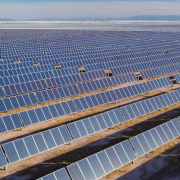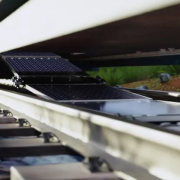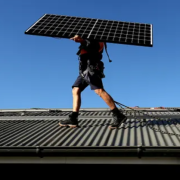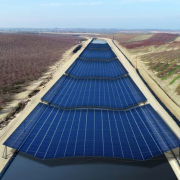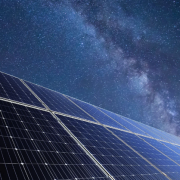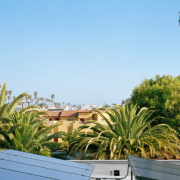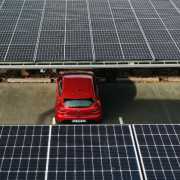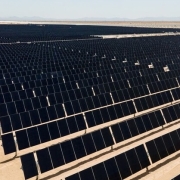Luxury electric boatbuilder ALVA Yachts is back with its latest solar electric catamaran. The upcoming OCEAN ECO 78 will arrive as a mid-size marine vessel in ALVA’s current lineup and comes equipped with the solar and electric propulsion technology to reach a top speed of 14-15 knots (16-17 mph) at sea, plus plenty of battery capacity to go far – all backed by solar panels on its roof.
ALVA Yachts is a German company founded in 2020 by Mathias May and Holger Henn, evolving out of PICA yachts, which was originally founded back in 2013. In that time, ALVA’s predecessor launched over forty 20-30 foot sailing and electric powerboats.
Click here to read the full article
Source: electrek
—
If you have any questions or thoughts about the topic, feel free to contact us here or leave a comment below.


